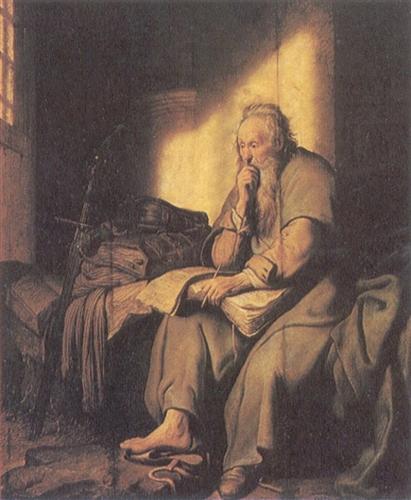A brief, and admittedly partial, review of an election scorecard
This post started out as a response to a Facebook friend's post of an election scorecard by an organization called "Network." My response quickly grew larger than the average Facebook response, so as an act of mercy to my friend and her followers 😊, I decided to move it to my blog.
Whenever I see an election scorecard, the first thing I do is look at who produced it. This one was produced by Network, an organization that describes itself as "Advocates for Justice, Inspired by Catholic Sisters." As it states on its "About Us" page, it was "[f]ounded by Catholic Sisters in the progressive spirit of Vatican II." While its list of values on that page includes a number of issues important to Catholics, it makes no mention at all of some very important issues affecting life and the family, including abortion and euthanasia.
It's worth noting that in its 2012 "Doctrinal Assessment of the Leadership Conference of Women Religious," the Vatican's Congregation for the Doctrine of the Faith explicitly mentioned Network as an organization associated with the LCWR. The CDF wrote that "while there has been a great deal of work on the part of LCWR promoting issues of social justice in harmony with the Church’s social doctrine, it is silent on the right to life from conception to natural death, a question that is part of the lively public debate about abortion and euthanasia in the United States. Further, issues of crucial importance to the life of Church and society, such as the Church’s Biblical view of family life and human sexuality, are not part of the LCWR agenda in a way that promotes Church teaching."
I bring this up because, what an organization considers important and unimportant--or at least not worth mentioning--is inevitably going to impact its assessment of a candidate's position on various issues. As I reviewed their analysis of the scorecard on their website, I found examples of this in Network's scorecard. For example,
- With regards to maternal mortality (3rd point in the first section of the scorecard), Pres. Trump signed into law the "Preventing Maternal Deaths Act," but because he did not say anything publicly in support of the legislation or regarding maternal death on his website or Twitter feed, they gave him a negative rating.
- Network and its associates have strongly advocated for the Affordable Care Act from its introduction in 2009, so it is no surprise that they give Pres. Trump a negative rating for his efforts to repeal the ACA. However, despite its support of efforts to expand health care to the uninsured, the US Conference of Catholic Bishops also opposed final passage of the ACA because of its expansion of federal funding of abortion and its lack of conscience protections both within and beyond the abortion context. (See the USCCB's backgrounder on "Health Care Reform" dated February 2011.)
An example of the latter is the repeated efforts by the Obama administration and by various state governments citing ACA to force religious organizations such as the Little Sisters of the Poor to pay for artificial contraception, including abortifacients, as part of their health insurance plans. In fact, in July, when the Little Sisters were again supported by the Supreme Court in their efforts to be exempted from the mandate, Biden expressed his disappointment with the decision. (This was reported in a number of news outlets, such as the National Review, as well as in an editorial in the Wall Street Journal. I tried to find other, more liberal news outlets who reported on it, but was unsuccessful. 😒)
Biden further said that, if elected president, he would work to reinstate the mandate by providing an "accommodation" for NPOs. Unfortunately, even with the so-called "accommodation," first introduced by Pres. Obama, the USCCB and others have stated that "the mandate continues to substantially burden the religious liberty of stakeholders with religious objections to the mandated coverage." (See also the USCCB's document, "Twelve Things Everyone Should Know about the Contraceptive Mandate.")





